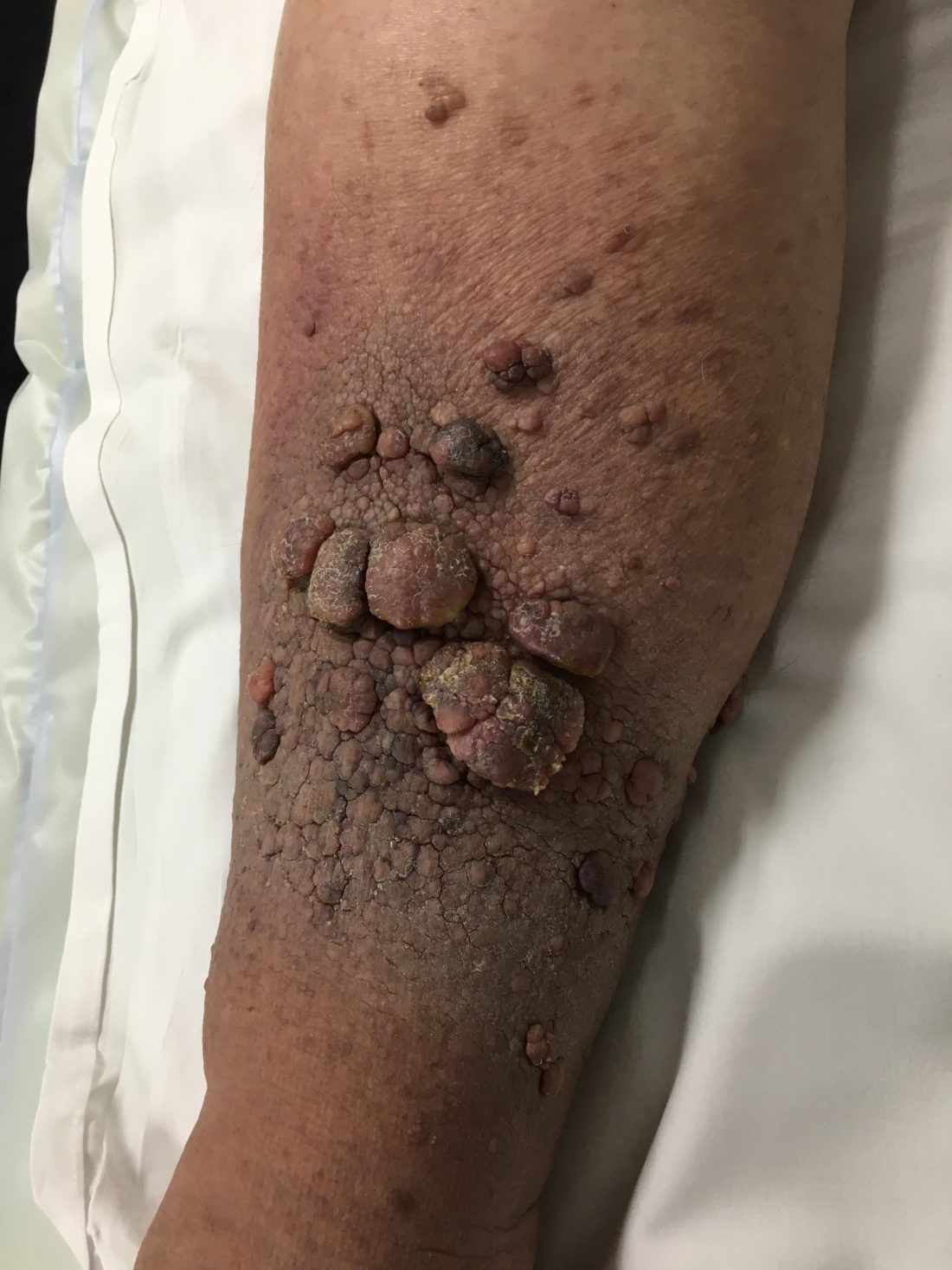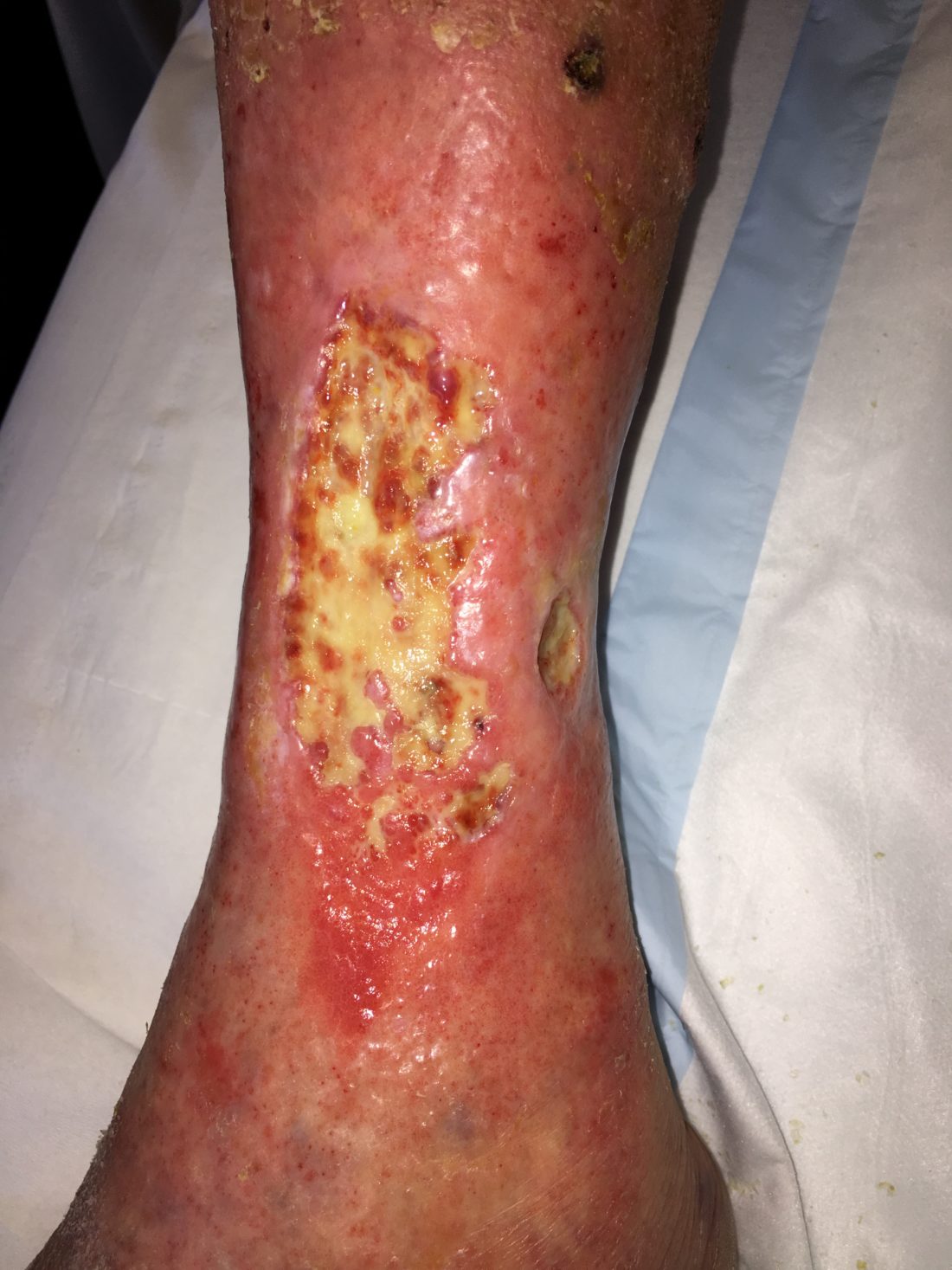2 February 2019
In
News
By
thewoundguy
The World Union of Wound Healing Societies’ most recent Consensus Document has been released February 1, 2019.
The issue of appropriate wound exudate management is one of the most common and important clinical considerations.
The guidance from the expert panel will be appreciated by all of us
16 January 2019
In
News
By
thewoundguy
https://www.linkedin.com/feed/update/urn:li:activity:6490823860148146176/
Wound Guy Conversations : Q&A with Greg Duncan
I have the great privilege of working alongside Greg Duncan (Pharmacist) and Sue Templeton (Nurse Practitioner) as we travel the Country on behalf of Ausmed presenting the two-day course "Wound Management A Practical Guide." I always learn so
6 January 2019
In
News
By
thewoundguy
Taken from a workshop presented by The Wound Guy for the 2017 Leg Club Foundation Conference
6 January 2019
In
News
By
thewoundguy
Our dear friend Ellie is a most remarkable person and an inspiration to all who have the fortune to know her. In 2018 Ellie received international awards in recognition of her vision and hard work - an Award for Excellence by the Scientific Institute of
30 November 2018
In
News
By
thewoundguy
Inflammatory hypergranulation
17 November 2018
In
News
By
thewoundguy
Every patient’s wound has a story
30 October 2018
In
News
By
thewoundguy
Thank you Wounds Australia for a fabulous Conference in Adelaide, celebrating 25 years of National forums.
https://www.linkedin.com/feed/update/urn:li:activity:6462951664881139712/
12 October 2018
In
News
By
thewoundguy
Jodie Gartner and the team at Junction Place Medical Centre (VIC) beautifully demonstrate how collaboration within a nurse-led clinic can make an incredible difference to the well-being of individuals with wounds.
https://www.facebook.com/APNAnurses/videos/1113080575533835/
1 October 2018
In
News
By
thewoundguy
Lymphoedema occurs when the skin swells due to an abnormality in the lymphatic drainage system. Mehrara & Greene state that the fluid which underpins the swelling is known to cause persistent inflammation, scarring and fat cell (adipose) deposition. The authors further report that body mass
28 August 2018
In
News
By
thewoundguy
O’Donnell and colleagues report the following statistics on venous leg ulcer recurrence (after wound closure had been achieved) : 67% for those receiving no compression; 28% for those receiving compression therapy only; 12% for those treated with superficial venous surgery and compression therapy together. J







